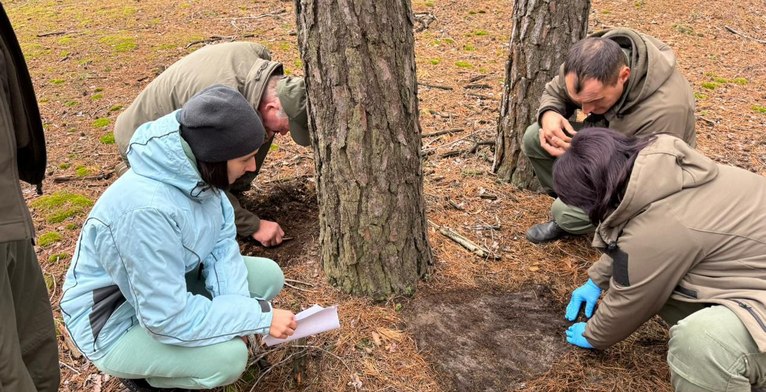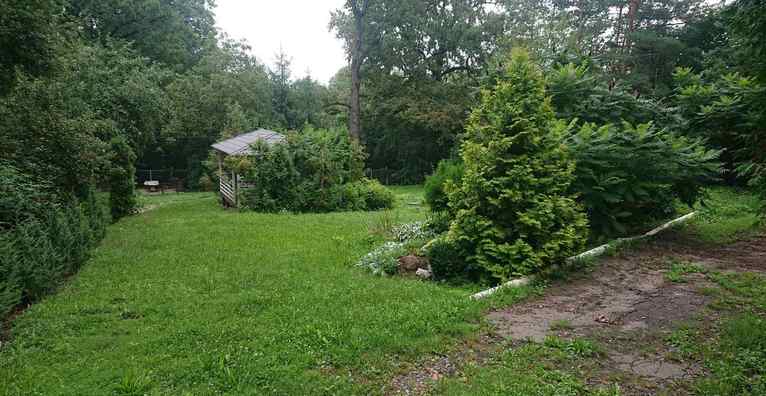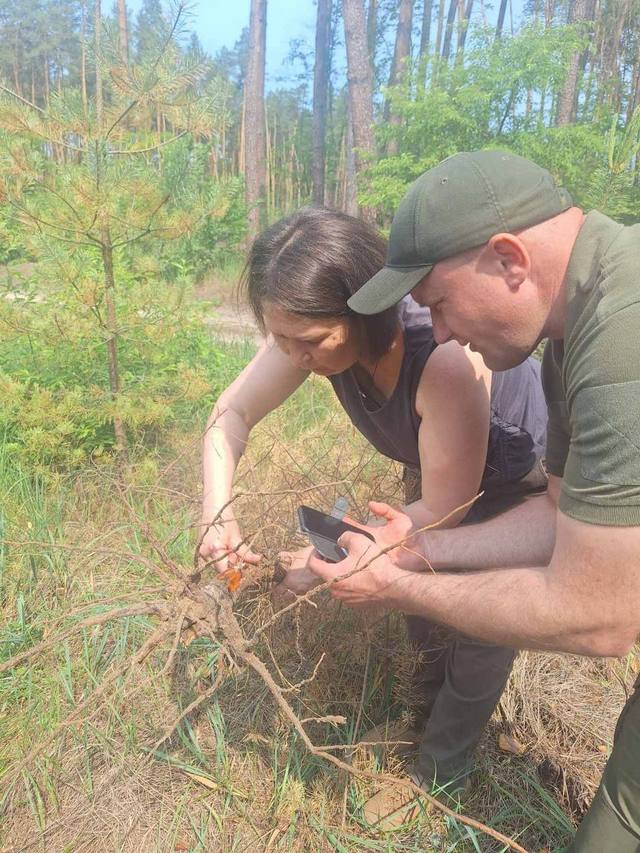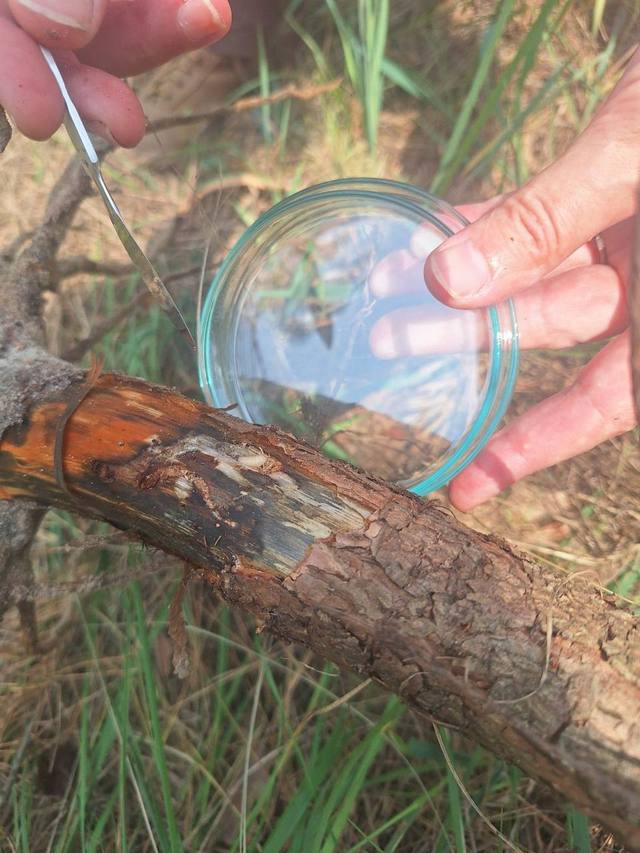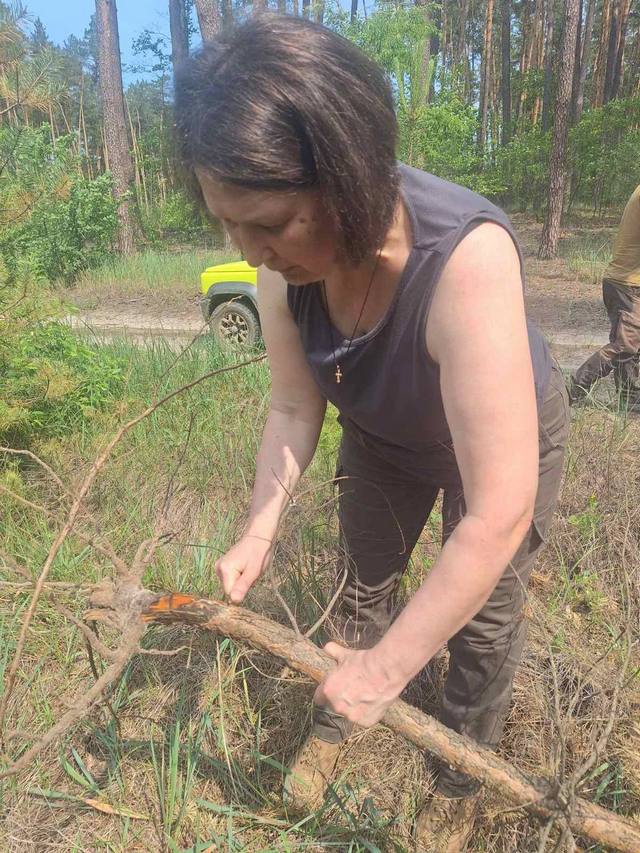Pathological examination is an important element of the forest condition monitoring system that allows timely detection of infectious disease outbreaks, pest damage, and general changes in the physiological state of trees. Particularly relevant is the examination of young forest crops, especially Scots pine (Pinus sylvestris) cultures, which is one of the most common forest-forming species in Ukraine.
The purpose of the examination is to assess the sanitary condition of Scots pine forest crops, identify and evaluate the degree of tree damage by diseases and pests, and provide recommendations for improving the phytosanitary condition of plantations. The methodology includes selection of the examination object (artificially established forest crops aged 1-15 years), assessment of the general condition of the plantation (visual inspection for needle discoloration, shedding, presence of dieback), detection of infectious diseases (snow blight, rust, fusarium wilt, root rot) and assessment of pest damage (needle- and stem-gnawing insects, sawfly larvae, bark beetles).




